The Christmas cactus, Schlumbergera, is actually a succulent bred from plants that grow in Brazil’s rainforests. It gets its name from the fact that it usually blooms over the holiday period, bringing bright colour to your home during the dark and grey months. To get it to bloom, though, you need to give it a bit of special care. Here’s the top Christmas cactus care tips.

1. Plant it in Well-Drained Soil
A little overwhelmed at the thought of all these Christmas cactus care tips? It’s not so bad! Did you know the cactus flourishes in well-drained soil? You can get a potting soil specifically for succulents or use a mix of potting soil and fine bark. Garden Lovers Club suggests that you put some sand or small stones in the bottom of the pot to help with drainage.
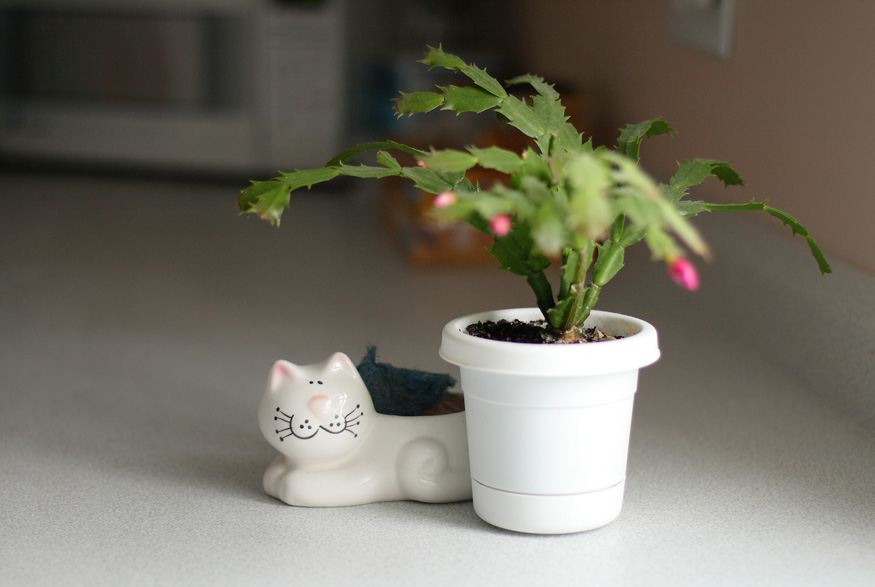
2. Plant it in a Snug Pot
Garden Lovers Club says that the Christmas cactus does best in a pot that seems almost too small. When the root system doesn’t have a lot of space, the plant produces better blooms.

3. Feed It
You need to start fertilizing your plant after the blooming season, when new growth appears. Apply a weak solution of fertilizer or Epsom salts every two or three weeks until around the end of October or a month before the winter bloom.

4. Water it Just Enough
Your Christmas cactus needs sufficient water to bloom but too much water can cause diseases like root rot. Water it only when the soil feels dry to the touch.
Related: 20 Plants That Are Safe for Children, Cats and Dogs

5. Keep it Outdoors in Summer
In summer, your Christmas cactus will do best outside in a shady area that doesn’t get too cold. Remember to water ad fertilize it, though.

6. Start the Budding Regimen in the Fall
Lowe’s suggests that you start the budding regimen in the fall and before the frost, in late September or early October. Move your plant indoors and keep it in a dark room or covered under a bag or box for 12 hours a day. Do this for three to four weeks until tiny buds appear.
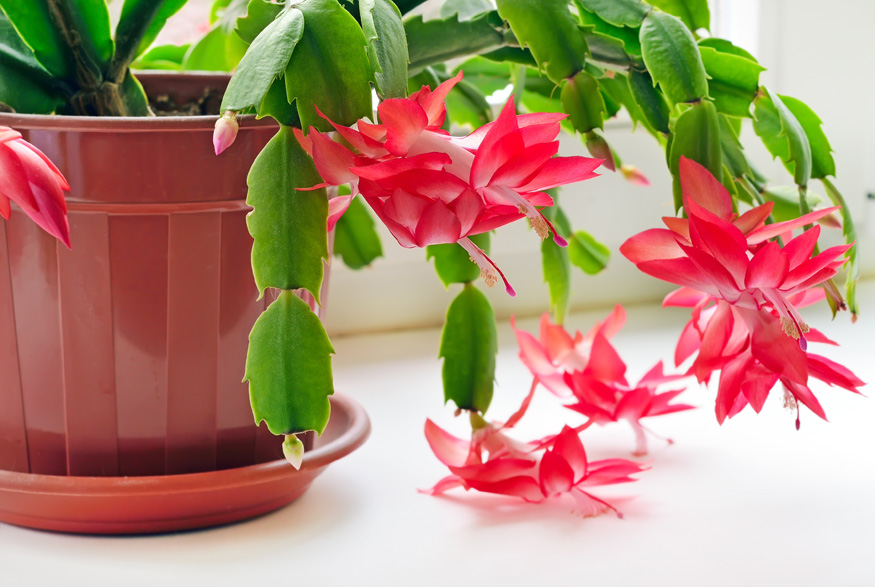
7. Move Your Plant in Winter
Lowe’s says that in winter, as the buds get bigger, it’s time to move your Christmas cactus to where you want to display it. Avoid extreme changes in temperature or light, though.
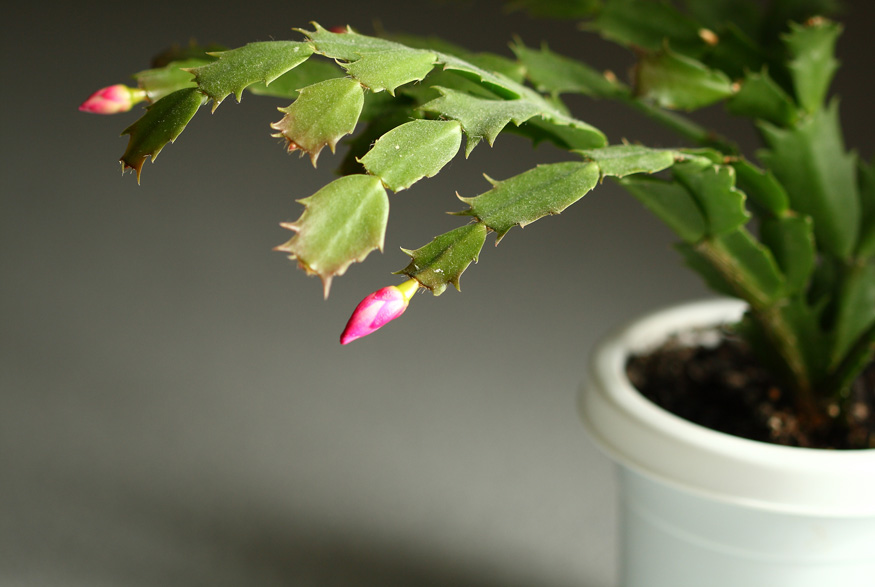
8. Keep it in Bright, Indirect Light
Garden Lovers Club says that the Christmas cactus thrives in bright, indirect light. Direct sunlight can burn the leaves, so it’s best to keep your plant near east or north-facing windows.

9. Keep it Warm
The best temperatures for a Christmas cactus, according to Lowe’s, is between about 13 and 18 degrees Celsius at night and above around 21 degrees Celsius during the day, which is the average temperature in most homes.
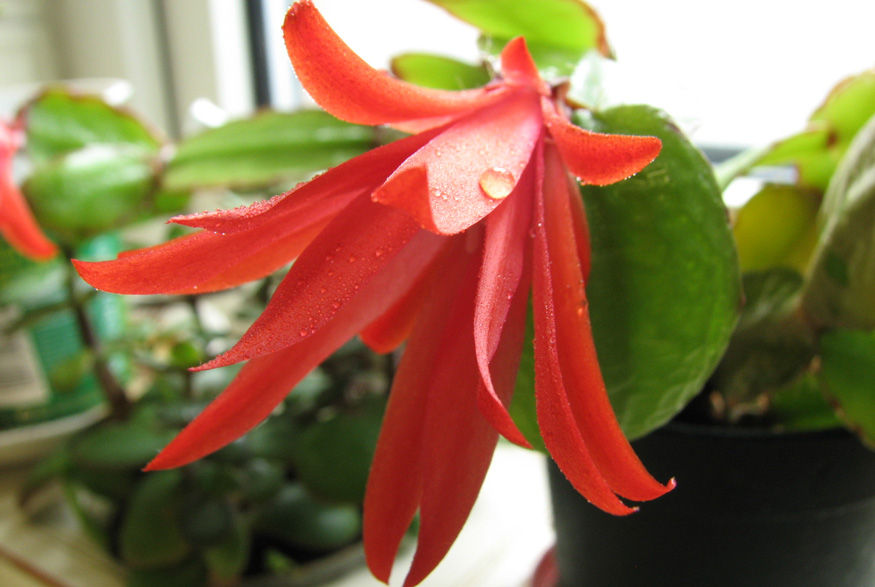
10. Keep it Humid
Since it’s been bred from jungle plants, the Christmas cactus needs humid conditions. Garden Lovers Club suggests a humidity level of 50 to 60%.
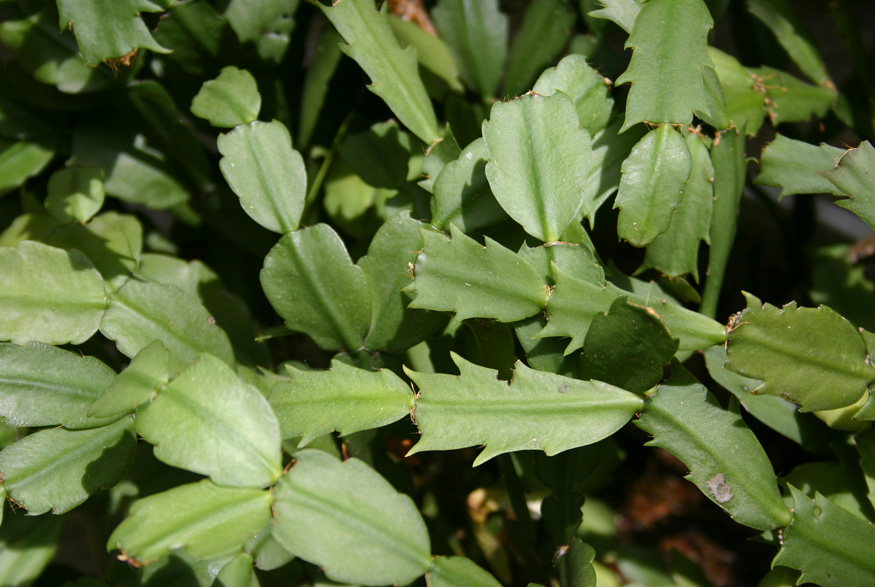
11. Prevent Root and Stem Rot
Root rot and stem rot are two common diseases that can affect a Christmas cactus. They’re both cased by soil that is too damp, so take care not to overwater your plant. Garden Lovers Club says that you can save your plant if you remove the damaged root but once stem rot sets in, you need to start a new plant.
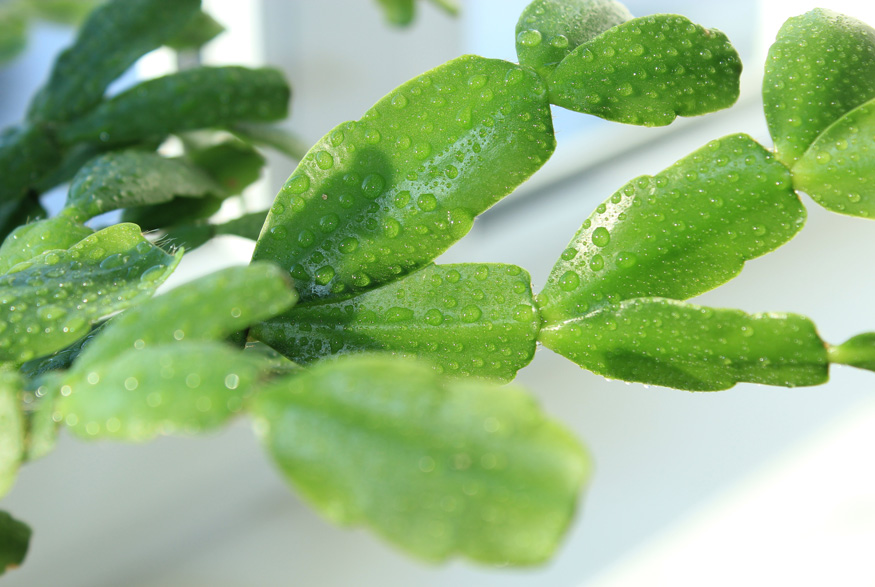
12. Prevent Botrytis Blight
Botrytis blight is grey mould caused by too much humidity. If you discover it early enough, you can just remove it and reduce the humidity level, according to Garden Lovers Club.

13. Prevent Buds From Dropping Off
It’s normal for a Christmas cactus to drop a few buds but to prevent this from becoming a problem, you need to avoid big changes in the plant’s growing conditions. Garden Lovers Club suggests that you keep the soil moist and temperatures and lighting constant.

14. Prevent Spider Mites
Christmas cacti are very resistant to pests but this doesn’t mean they’re immune to attack. Spider mites like dust, so keep your plant clean to keep them away. If they do occur, Gardening Know How suggests you regularly apply an insecticidal soap spray.
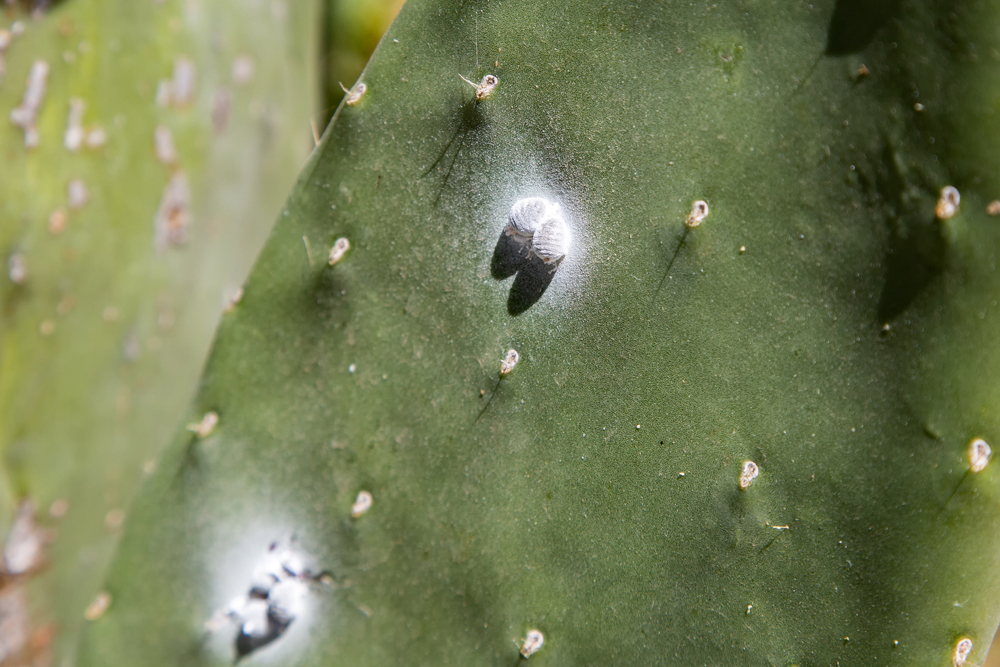
15. Remove Mealybugs
Mealybugs are a common pest that can affect your Christmas cactus too. You can spot an infestation by the cottony masses they leave under the leaves or where leaves and stems join. Gardening Know How says the best way to get rid of them is to pick them off with a toothpick or soft toothbrush.
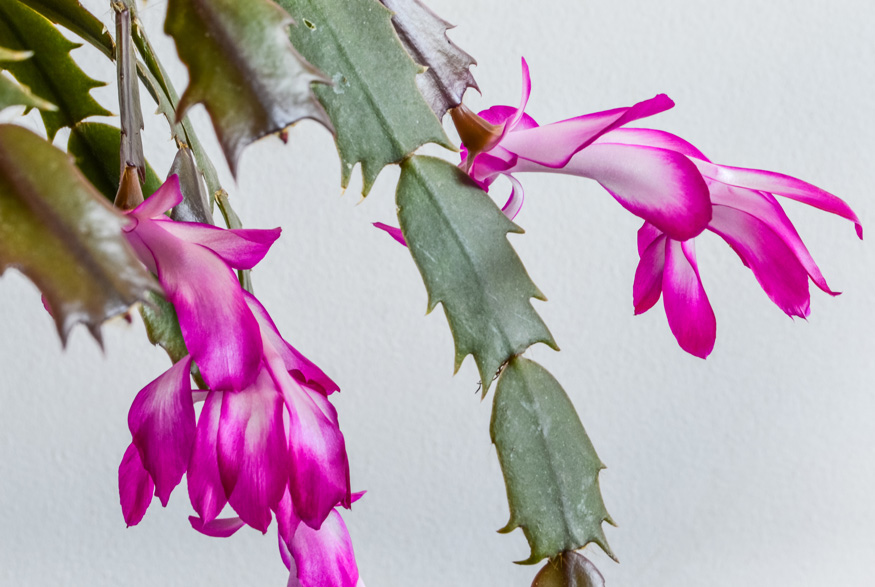
16. Remove Scale
Scale is an infestation of tiny insects that suck the plant’s juices and leave a waxy covering on the undersides of the leaves and stems. According to Gardening Know How, you can scrape off the waxy substance or use an insecticidal soap spray when scale is in its early stages.
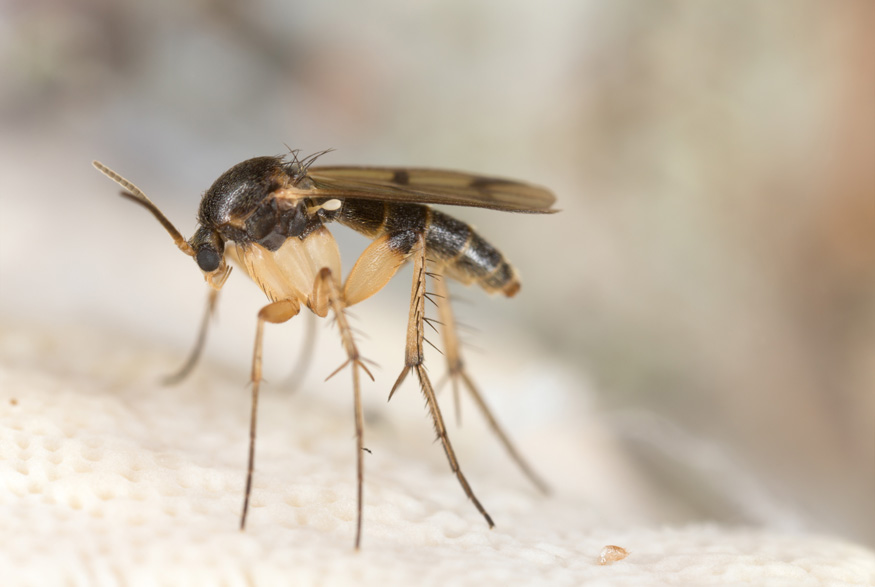
17. Prevent Fungus Gnats
Fungus gnats are annoying little flying insects that are attracted to soggy soil. Don’t water your plant too much and if you do find fungus gnats, Gardening Know How suggests using an insecticidal soap spray. If this doesn’t help, you’ll need to repot the plant.
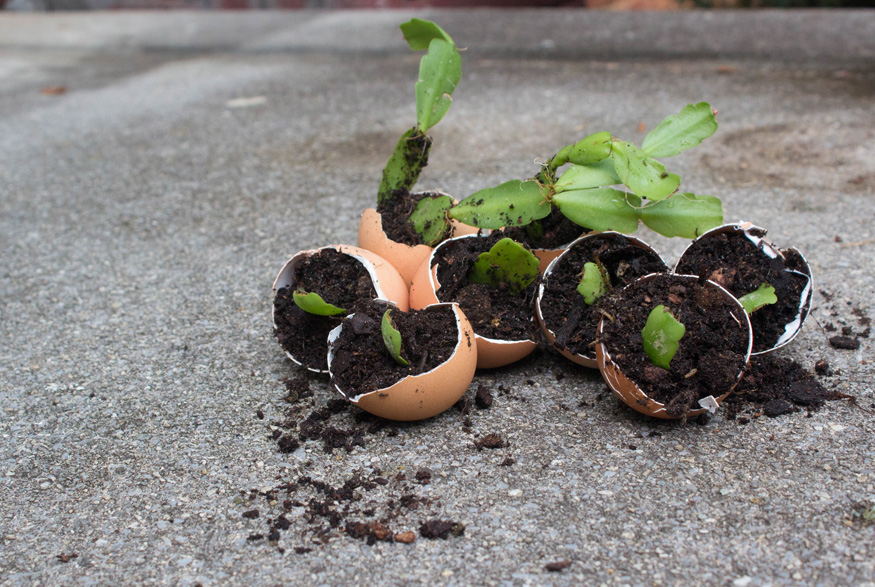
18. Repot After Blooming
Because your Christmas cactus prefers a snug pot, you only need to repot it every two or three years. The best time to do this, according to Garden Lovers Club, is in spring or early summer, after the plant has bloomed, so it will have enough time to settle before the next blooming season.
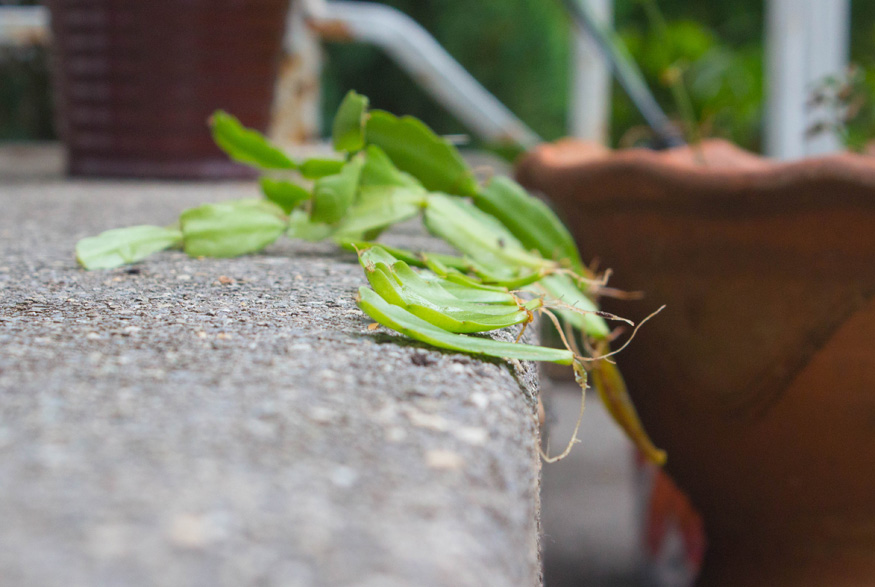
19. Prune It
To encourage new growth, you need to prune your Christmas cactus about a month after it has finished blooming. Simply twist the stem between segments and remove the bit that you want to. Garden Lovers Club says you can remove as much as a third of the plant without damaging it.
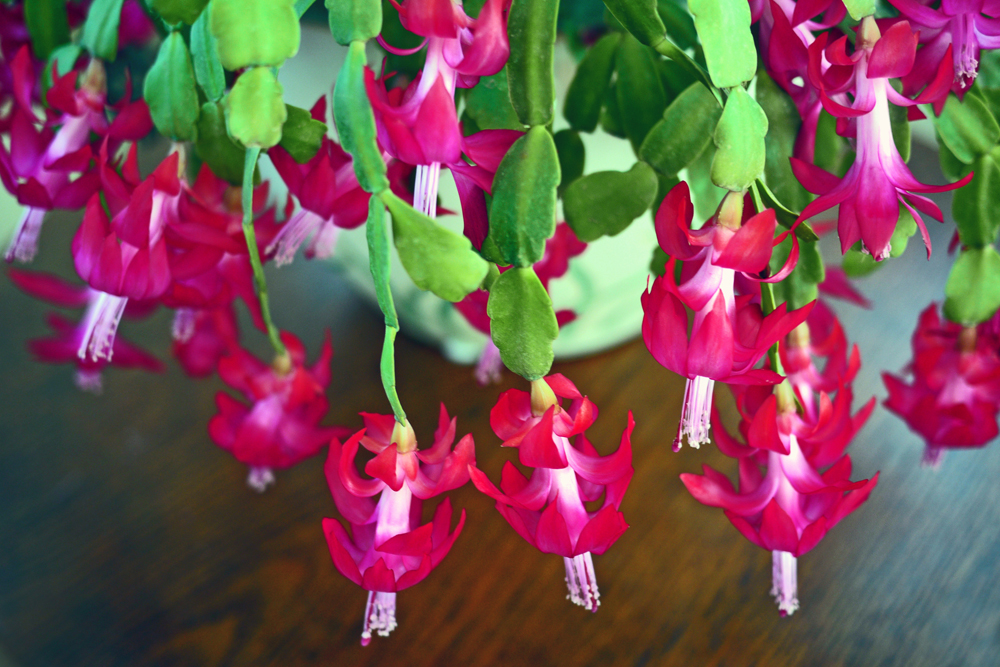
20. Propagate It
To propagate your Christmas cactus and have new plants, prepare some pots with soil in spring. As you prune your plant, put the pieces that you cut off in new pots, burying at least one section underneath the soil.
Home Network your inbox.
By clicking "SIGN UP” you agree to receive emails from Home Network and accept Corus' Terms of Use and Corus' Privacy Policy.




